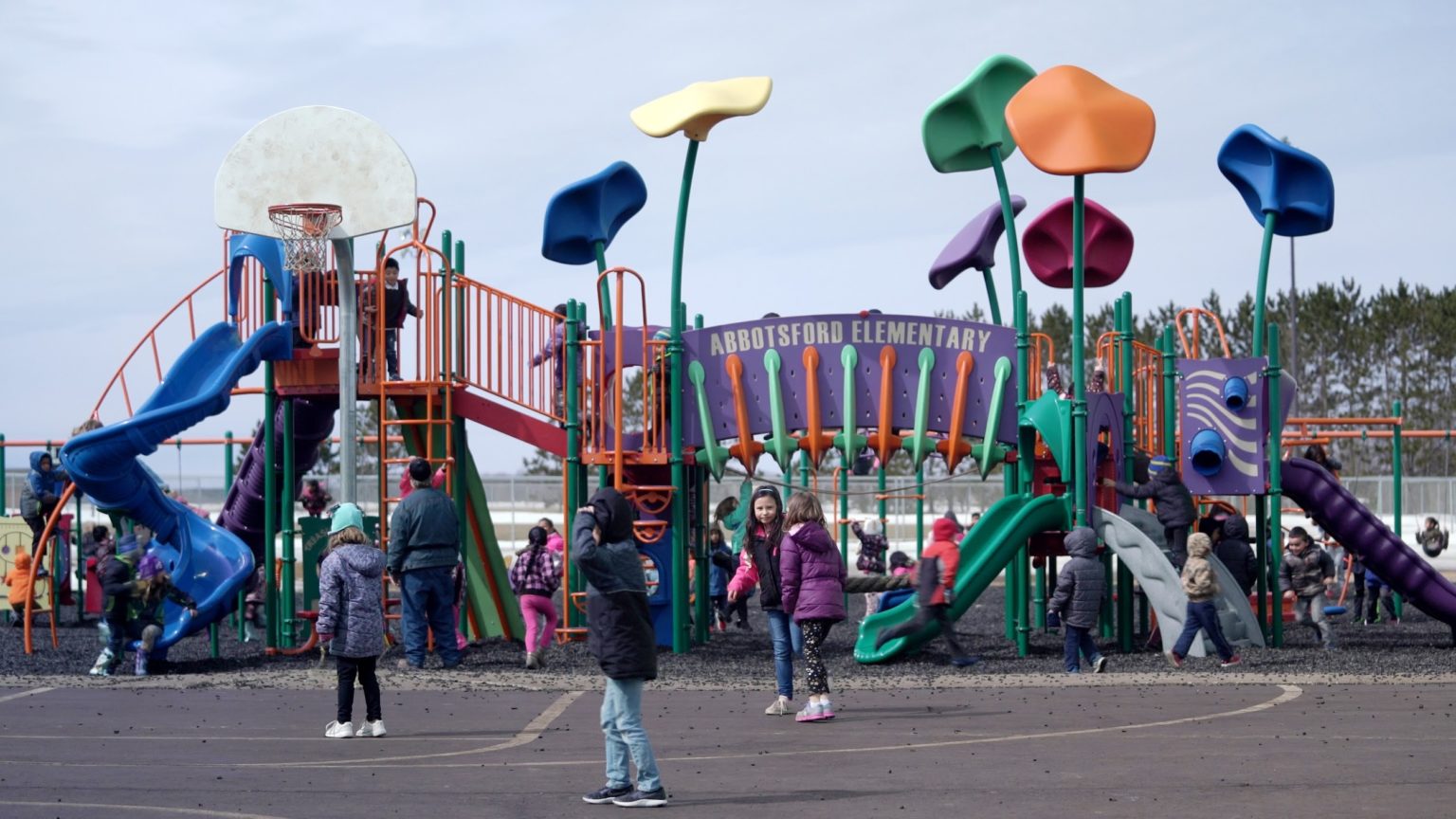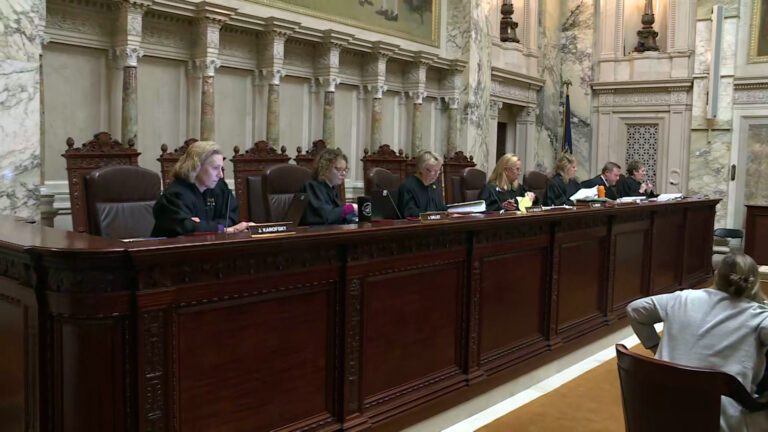DHS Releases Updated Guidance for Schools Opening
The guidance outlines best practices for mask wearing and tactics for identifying and stopping outbreaks that may arise.
August 20, 2020

Children play on school playground.
The Department of Health Services released an updated guidance Wednesday for schools’ best practices as they open for the fall semester.
The guidance includes best practices for protective measures like wearing face masks, and provides information to teachers and schools that will help local health departments track new outbreaks as they happen.
Teachers and school administrators will be able to identify based on the classroom setup how many students need to be quarantined if one student tests positive. Classrooms where students remain stationary, for example, will only need to quarantine those students sitting within six feet of the confirmed case. More fluid classrooms will require everyone to quarantine.
“We developed this guidance because we want local and tribal health departments to be prepared so that, when outbreaks occur, they can act quickly to address cases and prevent further spread,” said state health secretary Andrea Palm.
The guidance also describes virus mitigations efforts such as cohorting, which groups students together to reduce the risk of an outbreak moving from one cohort to another. Student cohorts could also have staggered arrival times or alternating days in-school.
“We also talk about places and points in time where a school might consider either having a particular classroom or cohort that might need to be sent to a virtual learning style for a little while,” said Traci DeSalvo, acting director for DHS’s Bureau of Communicable Diseases.
“It’s really going to be something that’s going to vary from school to school and district to district,” she added. “And that’s where our guidance really provides a set of guidelines, but isn’t so prescriptive about things that you have to do in every setting.”
Wisconsin’s interim State Health Officer Stephanie Smiley said those sorts of mitigation techniques–limiting interactions within six feet and wearing masks–have proven to be effective in countries where schools have already reopened.
“It is not possible to eliminate the risk of disease transmission, but schools can implement infection control measures to reduce the likelihood of COVID-19 transmission in schools,” Smiley said.
“With the disease activity we are seeing, the reality is that we will see outbreaks in schools once the school year starts,” DeSalvo said.
The department also rolled out a risk assessment tool that guides individuals through a rubric on how risky an activity might be in terms of them contracting COVID-19.
“This tool is meant to empower people to choose safer activities whenever possible,” Palm said.
The rubric asks people to consider the extent of community spread of the virus, the risk associated with a specific activity, and a person’s home situation–whether they live with someone at-risk and whether they can quarantine if needed.
“This tool gives people additional questions to consider when making decisions about which activities to participate in,” Palm said.
 Passport
Passport











Follow Us